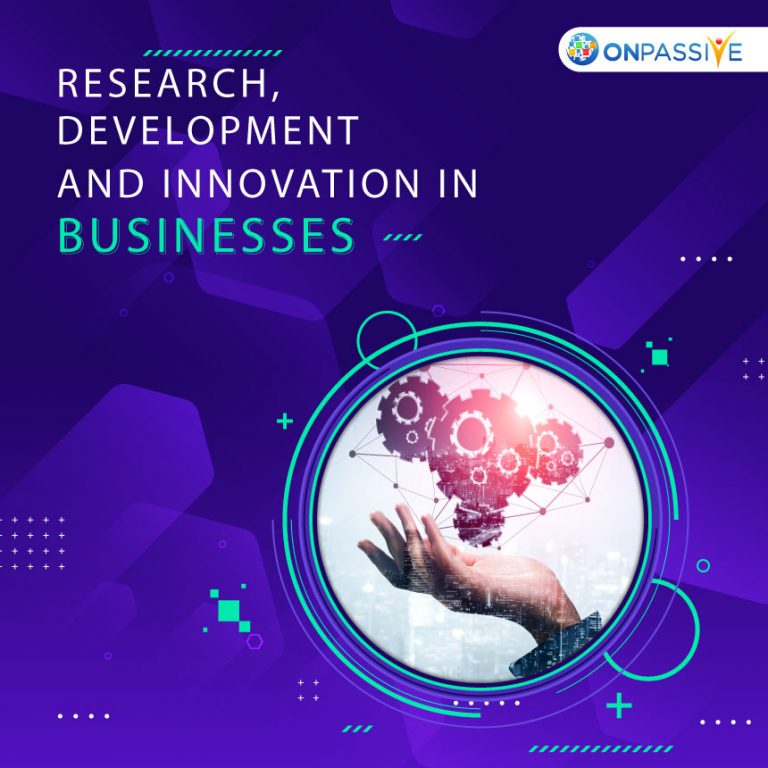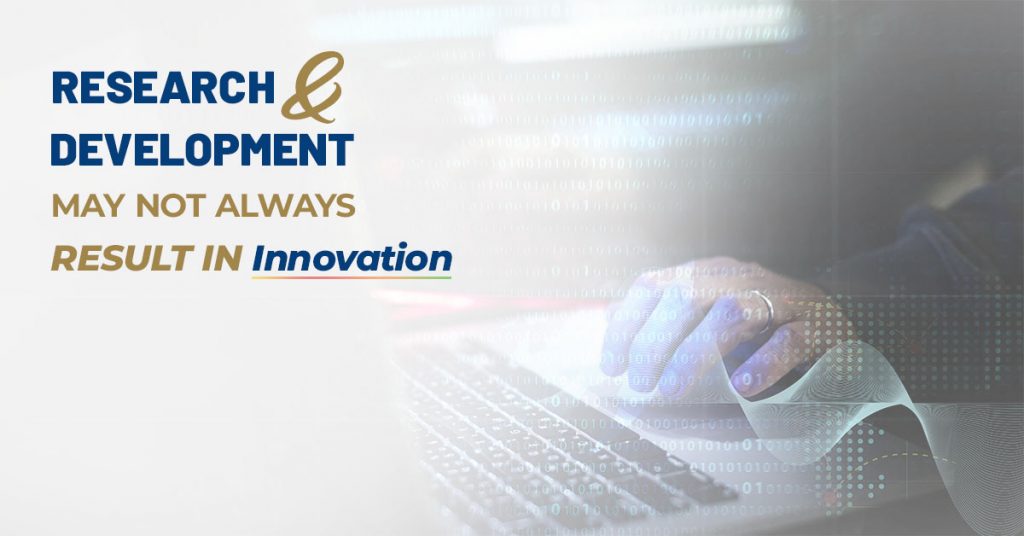
Right from the beginning, businesses have always given importance to R&D. The reason for this is that they give the best possible outcomes that determine the future of the businesses in the long run. R&D guides a particular enterprise to navigate their production in a way that is beneficial to the company as well as its customers for a longer time. Innovation is the end result of Research and Development which is successful when it is rightly balanced with all the necessary tools in place.
The more a company invests in research, the greater chance it has to gain good results towards the innovation end of the enterprise. This has been the mantra for the market for a long time now, but this concept has taken a shift in recent times as there are many companies who have not spent the most in R&D, yet have had the opportunity to gain many successful innovative designs that have led to greater openings in the global market. The fact that companies expect to receive a positive outcome once it has invested in a product/idea has to be monitored. This is because monitoring the R&D investments of a company would make sure that time, energy, and funds are not wasted.
Why R&D Investments may not always result in Innovation?
R&D and Innovation are simply two different things. While R&D is the planning and implementation part of a business plan, innovation on the other hand is the execution part of the enterprise’s strategy. Although people agree that both of these are two separate parts of the business setup. There is very little consensus to prove that both are separate from each other. R&D is taken up by the enterprise with the end product of the innovation in mind. The end product also determines the success rate of the R&D which would also have an impact the future of the way R&D might function in these sectors. The following are the major reasons why R&D may not always end in the correct productive innovation.

- Time Constraint: The amount of research that goes into deriving data and information for a particular project usually has a varied timeline. The key here is to be aware of the fact that the data that has been gathered via research may become irrelevant over time if the research process takes a long time to reach the desired consensus.
- Competition: Pharmaceutical sector in businesses has seen a tryst with competition in the R&D field as well. Many pharmaceutical companies have had an issue with their global counterparts with regard to coming up with the right product as many companies have worked on the same vaccine/medicine. This was seen in the recent Covid – 19 vaccine generation where companies like Pfizer, AstraZeneca, and Bharat Biotech all were focusing and developing the vaccine to fight the pandemic.
- Financial Investment: Every enterprise has its own share of funding for R&D. A big company would have a larger fund pool whereas a small company would have a smaller fund pool. The amount of R&D that a company can afford is directly dependent on the amount of funding it is able to gather. This acts as a guide towards achieving the right end product in the innovation which ultimately determines the success rate of the R&D of that particular business/enterprise.
R&D and Innovation are that part of an enterprise that needs a good load of funding to prove the worth and determine the success of the research. This is achieved only when there a good administration and allocation of the resources that are put to use in their respective areas. Only then will an enterprise succeed in getting the desired output in the research and innovation.



Charlotte Moses
3 years ago
STEMLER JANOS
3 years ago
Gambhir Singh mandloi
3 years ago